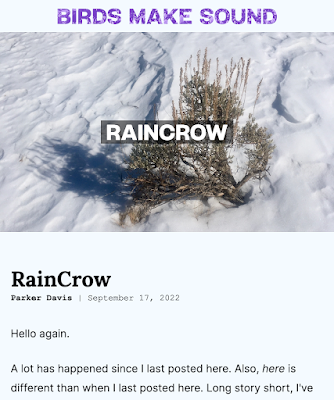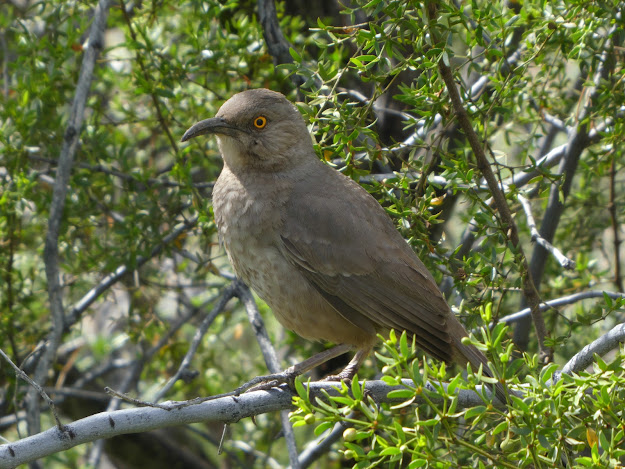In the Summer of 2019 I worked on Stratton Island in Maine for National Audubon's Project Puffin. There were no puffins but many birds bred on the island including four species of tern. While Common Terns were the most...common, there was a sizeable Roseate population in the center of the colony, a few Arctic Terns scattered throughout, and Least Terns on the sandy beach landing. We had many intimate and intense interactions with the terns that summer. We regularly checked nests, counted eggs, weighed, measured and banded chicks all while the adult terns screamed in our ears, pecked the tops of our heads with surprising force, and aggressively covered us with tern excrement. Typical tern greetings in slow motion It wasn’t all chaos though. We also spent a lot of time in platform blinds throughout the colony which allowed us to observe the birds in relative peace. Courtship dances, copulation, eggs hatching, chicks hopping up and down awkwardly flapping their wings. We watched certa...





